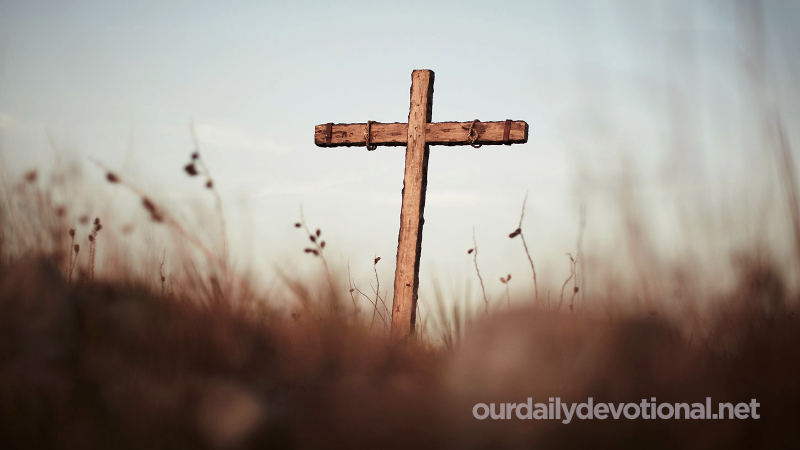The patriarch Jacob, also named Israel, had twelve sons—Reuben, Simeon, Levi, Judah, Issachar, Zebulum, Gad, Asher, Dan, Naphtali, Joseph, and Benjamin. The twelve “tribes” were clans descended from the twelve sons.
When Canaan was settled by the Israelites, the land was divided among the twelve tribes.
If you look at maps of Old Testament times, you won’t find Joseph or Levi on the map. You’ll find areas named for the other ten tribes. Why? The tribe of Levi (see 280 [Levites]) had no land of its own. It did have certain cities allotted to it.
The people of Levi—the Levites—had the duty of serving as priests in the nation. (The great leader Moses was a Levite. So was his brother Aaron, Israel’s first high priest.)
The tribe of Joseph was divided into two “half-tribes” named for Joseph’s two sons, Manasseh and Ephraim. So maps show areas named for Manasseh and Ephraim, but not for their father, Joseph. By eliminating Levi and dividing Joseph in two, we end up with twelve.
Many people believe that when Jesus chose twelve men to be His disciples He was starting a “new Israel”—one based not on blood ties, but on being followers of Christ. He was establishing a “spiritual Israel” of people—even non-Jews—who chose to commit themselves to God.






